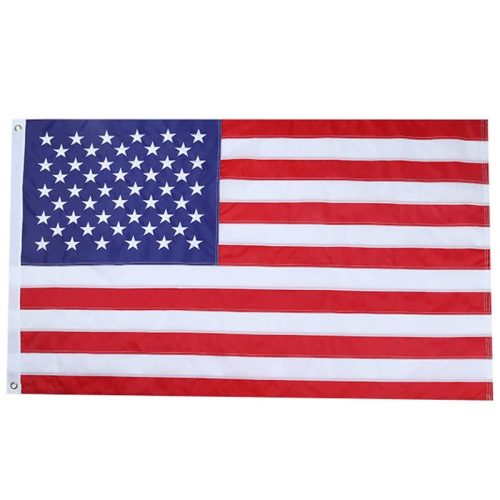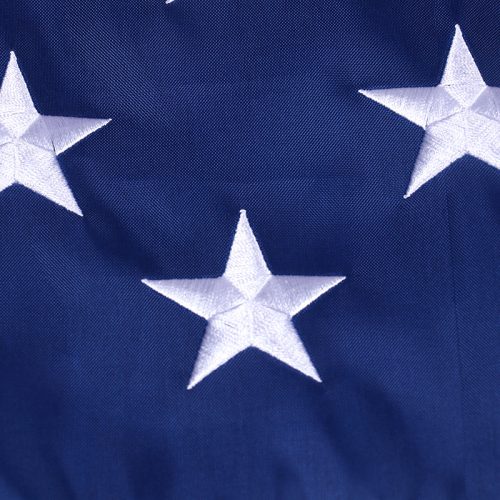Each country’s flag is unique in its design, colors, and symbolism. Here are some of the unique features that may be present in a country’s flag:
- Colors: The colors used in a flag may have cultural, historical, or symbolic significance. For example, the green, white, and red of the Mexican flag represent hope, unity, and the blood of national heroes.
- Symbols: The symbols on a country’s flag may represent important historical events, national achievements, or cultural traditions. For example, the maple leaf on the Canadian flag is a symbol of the country’s natural beauty and its people’s peaceful nature.
- Shapes: The shape of a country’s flag can also be unique, with some featuring simple rectangles while others feature more complex shapes. The flag of Nepal, for example, is the only national flag that is not rectangular, but instead has a unique shape that resembles two overlapping triangles.
- Design: The design of a country’s flag can vary widely, from simple geometric patterns to more intricate images and symbols. The flag of South Africa, for example, features a combination of colors and designs that represent the country’s diverse population and its struggle for democracy.
- Historical context: The design of a country’s flag may also be influenced by historical events, such as a struggle for independence or a period of political upheaval. The flag of India, for example, was designed during the country’s struggle for independence and features a spinning wheel, which was a symbol of the country’s economic self-sufficiency.
In conclusion, each country’s flag is unique in its design, colors, symbols, shapes, and historical context. These unique features can help to express a country’s identity, values, and history, and can serve as a unifying symbol for its citizens.


